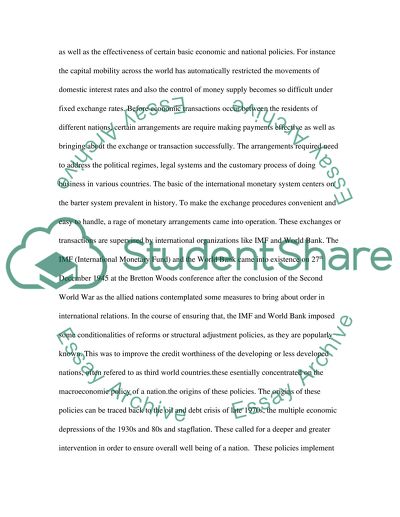Cite this document
(The Role of International Credit in Contemporary Economies Term Paper - 2, n.d.)
The Role of International Credit in Contemporary Economies Term Paper - 2. Retrieved from https://studentshare.org/macro-microeconomics/1548980-critically-examine-the-role-of-international-credit-in-contemporary-economies
The Role of International Credit in Contemporary Economies Term Paper - 2. Retrieved from https://studentshare.org/macro-microeconomics/1548980-critically-examine-the-role-of-international-credit-in-contemporary-economies
(The Role of International Credit in Contemporary Economies Term Paper - 2)
The Role of International Credit in Contemporary Economies Term Paper - 2. https://studentshare.org/macro-microeconomics/1548980-critically-examine-the-role-of-international-credit-in-contemporary-economies.
The Role of International Credit in Contemporary Economies Term Paper - 2. https://studentshare.org/macro-microeconomics/1548980-critically-examine-the-role-of-international-credit-in-contemporary-economies.
“The Role of International Credit in Contemporary Economies Term Paper - 2”, n.d. https://studentshare.org/macro-microeconomics/1548980-critically-examine-the-role-of-international-credit-in-contemporary-economies.


